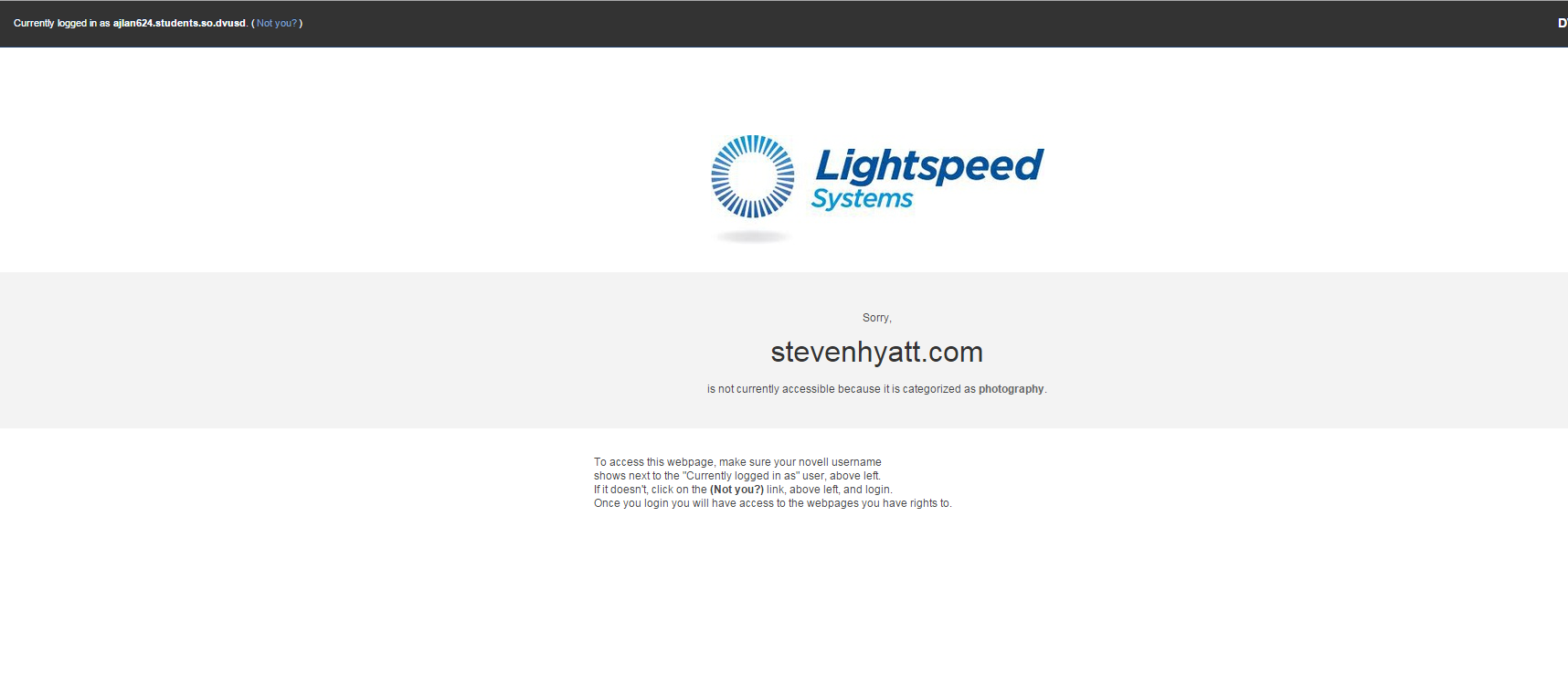


Regarding the 25-minute sample-to-results time of LightSpeed, Sia noted that his team hasn't yet pushed the system to its limits.
LIGHTSPEED SYSTEM PRO
In addition to proof-of-concept studies of the instrument, the team showed it had 100 percent sensitivity and specificity on a set of clinical samples when compared to qPCR testing using a Thermo Fisher QuantStudio 6 Pro instrument. In a study published last month in Nature Nanotechnology, Sia and his team developed a COVID-19 assay detecting a target on the N1 gene from saliva and nasal swabs. And, the testing is extraction-free, which also enables a faster workflow. This method also helps speed up testing, since it does not require changing optical filters or reading of multiple wavelengths. "We then deconvolve back the specific wavelengths," Sia explained. "We excite at one wavelength and read the whole spectrum out," Sia said.

They also used a unique fluorescence approach incorporating a spectrometer to read multiple wavelengths, allowing for real-time multiplexing. The team discovered that tweaking the concentration of the particles could get around the quenching. Sia noted that the particles had previously been used for PCR reactions, but typically they had only been used for singleplex endpoint PCR after the nanoparticles had been separated out because of the fluorescence-quenching properties of nanoparticles. The tiny particles are mixed with the PCR reagents and emit heat when illuminated with infrared LED lights, such that flashing the light on and off alternately with pulses from a cooling fan enables thermal cycling. Rather than using them as sensors, Rover's system uses plasmonic gold nanorods to convert light to heat. Plasmonic nanoparticles can be used in different aspects of diagnostics, for example as a detection technology in biosensors. It is also portable, weighing approximately 2 pounds. The LightSpeed instrument uses a combination of plasmonic nanoparticle thermal cycling and fluorometry-based optical readouts, according to Sia. The company is located in New York City and was established to commercialize LightSpeed, Fasciano said. Rover Diagnostics was founded in late 2018 by Fasciano and Sam Sia, a biomedical engineer at Columbia University. The all-optical real-time PCR technology enables a low cost of goods for both system and assays, and the firm expects to initially launch into the infectious disease testing space with a CLIA-waived COVID-19 test.Ĭalled LightSpeed, the system can perform sample-to-results real-time PCR in approximately 25 minutes, with a cost of goods of $1,500 for the instrument and approximately $5 per assay, according to RoverDx Cofounder and CEO Mark Fasciano. NEW YORK – Startup Rover Diagnostics aims to make waves in the point-of-care space with an instrument incorporating novel optical thermal cycling and detection.


 0 kommentar(er)
0 kommentar(er)
